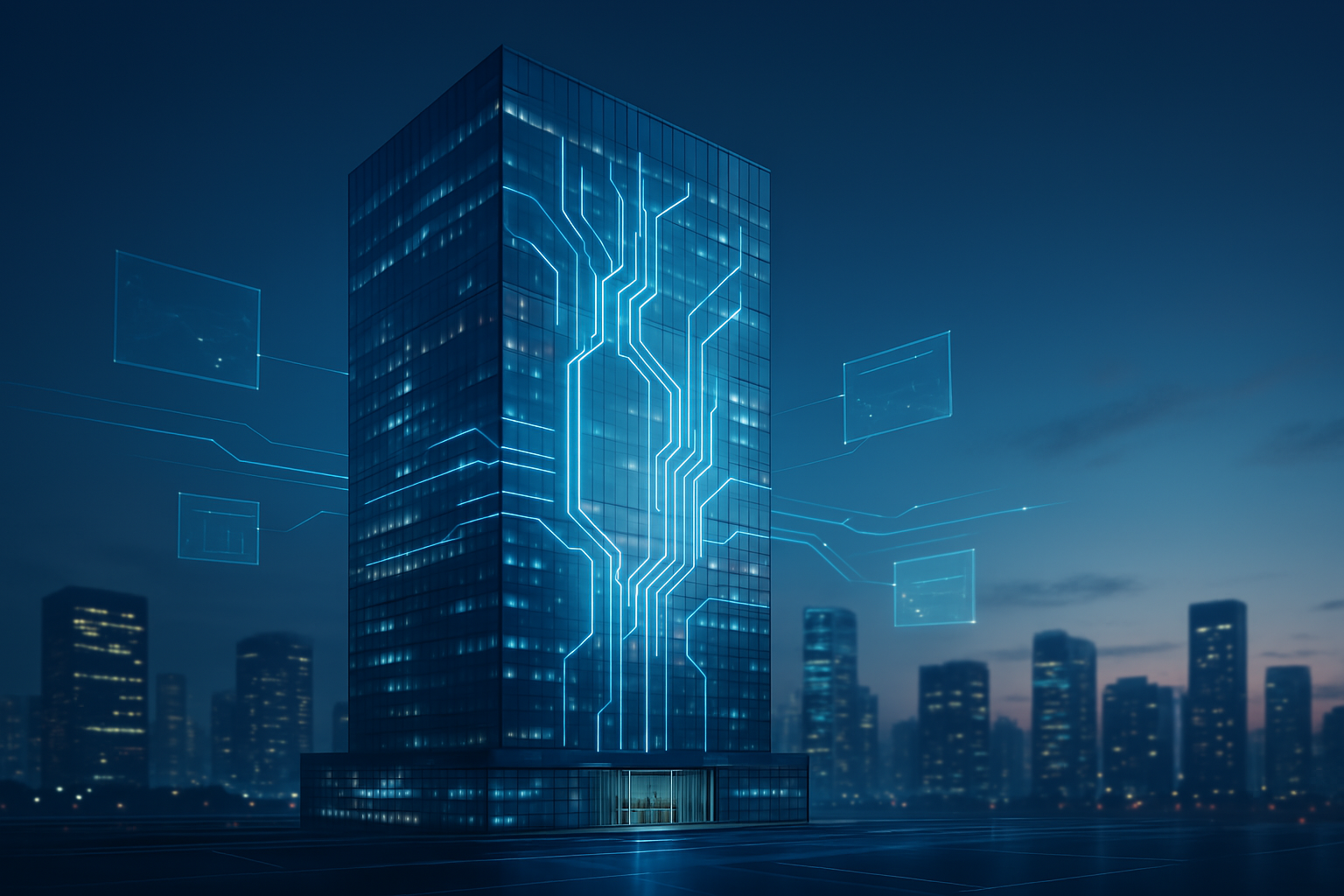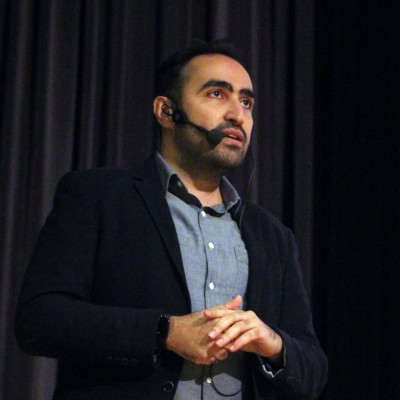 Technology
Technology

INTRODUCTION
Over the past few years, the retail industry has undergone a significant transformation, primarily by rapid technological advancements. The main drivers of this transformation are the increasing demand for e-commerce and omnichannel, the need to personalize the customer experience, and complex supply chain issues. Of course, the pandemic has served as a catalyst to accelerate these changes.
In light of these key trends and challenges, modern technologies and innovations are playing a critical role in shaping the future of the retail industry. Retailers are embracing technologies such as augmented reality, data-driven personalization of the customer experience, artificial intelligence, machine learning, robotics, and contactless payment systems to enhance the customer experience and streamline operations. However, these changes also bring complexity, and retailers should create a resilient technology stack by transforming their legacy enterprise architecture to a next-generation architecture to address these challenges and realize the full potential of these capabilities.
THE CHALLENGE: MODERNIZING AN OUTDATED TECHNOLOGY STACK
A high-end multi-brand fashion company was facing several challenges with its existing technology architecture as it strives to remain competitive in a rapidly evolving market. The company had a number of pain points including:
- Lock-in to a monolithic architecture: Various components of the technology stack were tightly integrated, making it difficult to make changes to individual components without affecting the entire system. This lack of flexibility led to long development cycles, increased risk of system failure, and higher costs to maintain the technology stack.
- Non-standard technology stack: Different teams within the company were using different programming languages, frameworks, and tools, leading to inconsistencies in the codebase and hindering collaboration between teams. This lack of standardization led to longer development cycles, a higher risk of errors, and difficulty in maintaining the technology stack as a whole.
- Difficulty in talent retention and attraction: The company’s complex and outdated technology stack was a deterrent to potential candidates in a highly competitive market for technology professionals. Additionally, the lack of growth and development opportunities was driving away existing employees, resulting in a high turnover rate.
- Lack of Observability: The company lacked proper observability tools, which made it difficult to monitor and diagnose system failures, resulting in longer downtime and higher costs associated with remediation. Additionally, without proper monitoring, it was challenging to identify areas for improvement and optimize the technology stack for better performance.

To address these pain points and establish a future-ready technology stack, the retailer decided to partner with DefineX.
DEFINEX WAY OF TRANSFORMING TO A NEXT-GENERATION RETAIL ARCHITECTURE
The retailer engaged DefineX to help design a new technology architecture and a roadmap to achieve it, with a strong focus on the future of the retail industry. Collaborating closely with the retailer, DefineX carefully assessed the company’s existing technology stack, industry-specific capabilities, and customer needs to gain a comprehensive understanding of their needs. Accordingly, a five-step approach is developed that includes bottleneck identification, transformation goal setting, capability fit-gap analysis, application migration planning, and a transformation roadmap, as shown in the figure below.

Let us take a closer look at each of these steps.
Step 1: Bottleneck Identification
We began by gathering documents to identify the retailer’s existing applications, infrastructure system, and the technology underpinning them. This helped us gain a thorough understanding of their existing system and identify areas where modernization was needed. Additionally, through our interactions with the client, we uncovered several other pain points including a lack of observability, a variety of legacy technologies, and complex integration flows, all of which were impacting their business operations.
Step 2: Transformation Goals Definition
We proceeded to analyze their strategic vision and map out potential pain points and solutions that aligned with this vision. After careful consideration, we have distilled our objectives into five main points:
- Developing a flexible and scalable architecture that can automatically accommodate growing workloads
- Implementing a cloud-native architecture that facilitates the elimination of technical debt
- Streamlining continuous delivery for faster time-to-market
- Aligning business and IT to maintain competitiveness in an ever-changing market
- Attracting and retaining top talent with modern technology

Step 3: Capability Fit-Gap Analysis
To redesign a modern architecture for our client, we needed to gain a clear understanding of the maturity of their technology capabilities. To do this, we used DefineX’s Business Capability Maturity Model. This model consists of five main categories and a total of 164 detailed capabilities, each with its own description and maturity level. We evaluated each customer application through this lens and took a snapshot of its maturity level. This allowed us to identify the gap between the current state and the future vision, as well as the areas of improvement needed to close that gap.
Step 4: Application Migration Planning
To determine the future of the applications, we conducted a comprehensive analysis of the client’s application architecture. We broke it down into three layers, namely front-end, application, and database, and evaluated each of the 36 applications against 20 different criteria. We also assessed their business value, technical debt, dependencies, technical compliance, and regulatory compliance. We then held workshops with our client to determine the best next course of action for each application. This led to the creation of a 6-R Application Migration Model, which included retire, reinforce, re-platform, rehost, retain, and refactor. Additionally, we addressed other requirements such as the target cloud architecture, target CRM solution, and target integration architecture.
After conducting these workshops, we agreed on a phased cloud migration plan, a centralized logging and monitoring solution approach, and a CRM requirements map. We reached a consensus with our client that nearly half of the applications would need to be changed, with some being retired, re-platformed, replaced, reinforced, refactored, or rehosted.
Step 5: Design of the Transformation Roadmap
Once we have completed the target architecture, we recognized that migrating to the new architecture in one fell swoop was impractical. It would require time, resources, and deliberate decision-making to ensure success. To make this migration process more manageable, we broke it down into 12 projects and estimated the details, including resource needs, dependencies, time requirements, and approximate effort. Using this information, we conducted a feasibility analysis to help our client understand the potential benefits and costs of each project, enabling them to prioritize the projects based on their business needs and available resources.
RESULTS ACHIEVED
The transformation to the next-generation architecture of the retail firm has yielded significant results, demonstrating the value of investing in modern technologies and tools. The outcomes include simplification of the overall technology stack, scoping of applications for digitalization, and an increase in process traceability.
Firstly, the entire technology stack was simplified by 35%. This was achieved by reducing the number of applications and systems in use, standardizing processes, and eliminating duplication. This simplification is expected to lead to cost savings, improved performance due to reduced integration complexity, and increased agility.
Secondly, the transformation resulted in 41% of the application landscape being scoped for digitalization. This means that a significant portion of the company’s systems and processes have been evaluated to determine their potential for digitalization, leading to the creation of project plans to implement new technologies and tools, such as cloud-based infrastructure, a modern CRM solution, and improvements to integration and databases. By digitizing its operations, the company will enhance customer experience, gain a better understanding of its customers, and have a competitive edge in the market.
Finally, the transformation achieved 100% process traceability within the organization. Our client started to track and monitor its processes more effectively, identifying and addressing bottlenecks and inefficiencies in real time. This level of visibility also allows our client to make more data-driven decisions and continuously improve its processes to stay ahead of the competition.
All in all, the transformation results were promising and underscored the value of investing in next-generation architecture for retail companies.
At DefineX, we understand the challenges and opportunities in the retail industry and have the expertise to guide you through the process of adopting modern technologies and tools. By partnering with us, you can be confident that you’ll achieve similar results to our previous clients, including enhanced customer experiences, streamlined operations, and improved competitiveness. Don’t wait to start your digital transformation journey!
Explore deep-dive content to help you stay informed and up to date
 Technology
Technology
 Financial Services
Financial Services
To be or not to be… a digital bank? That is the question
Read now Technology
Technology



